GUEST ESSAY: 5 security steps all companies should adopt from the Intelligence Community
The Last Watchdog
DECEMBER 6, 2018
And, in doing so, the IC has developed an effective set of data handling and cybersecurity best practices. Businesses at large would do well to model their data collection and security processes after what the IC refers to as the “intelligence cycle.” Related video: Using the NIST framework as a starting point.



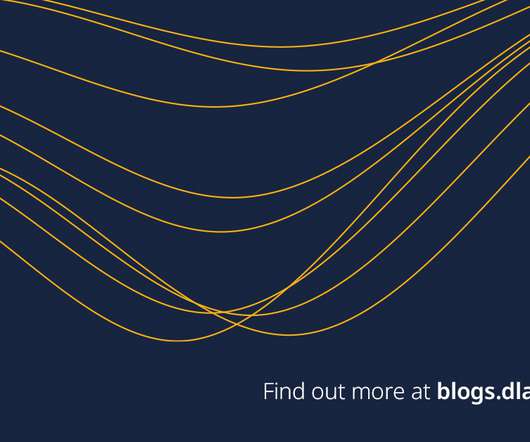
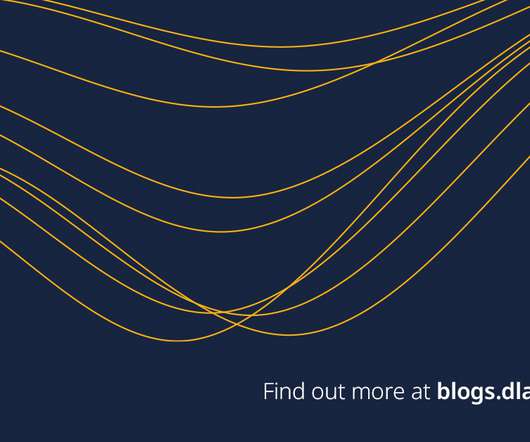



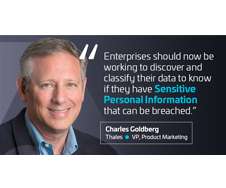


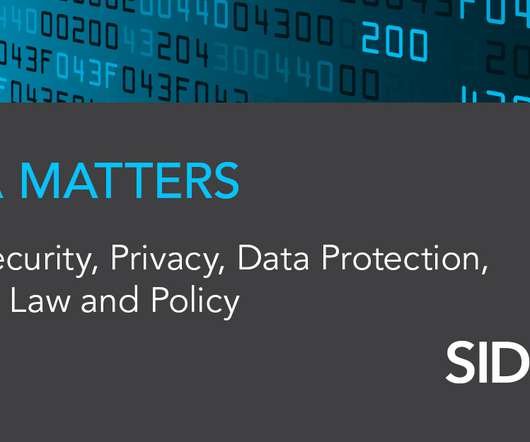
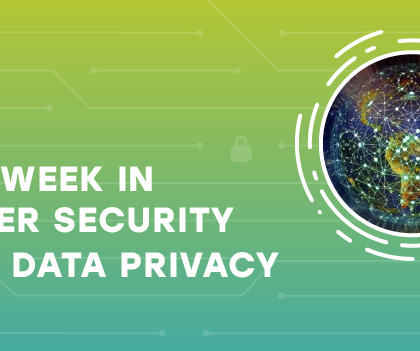








Let's personalize your content